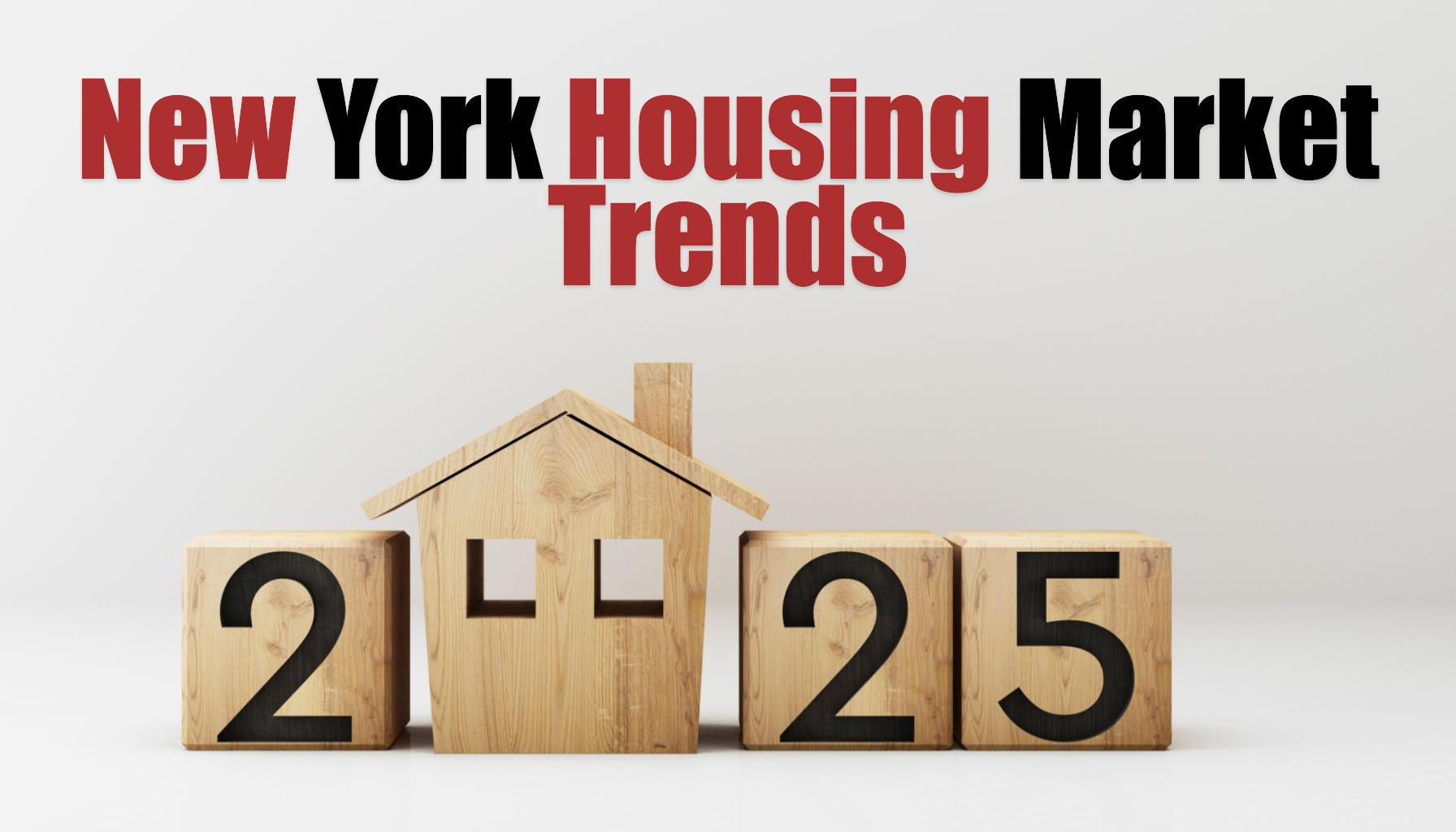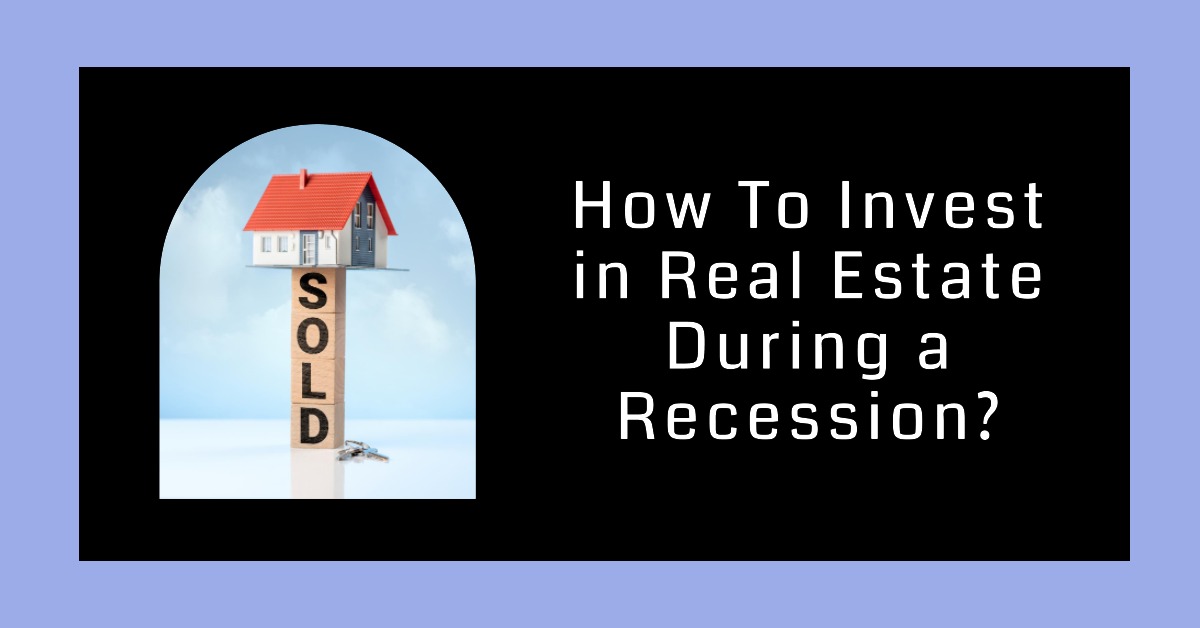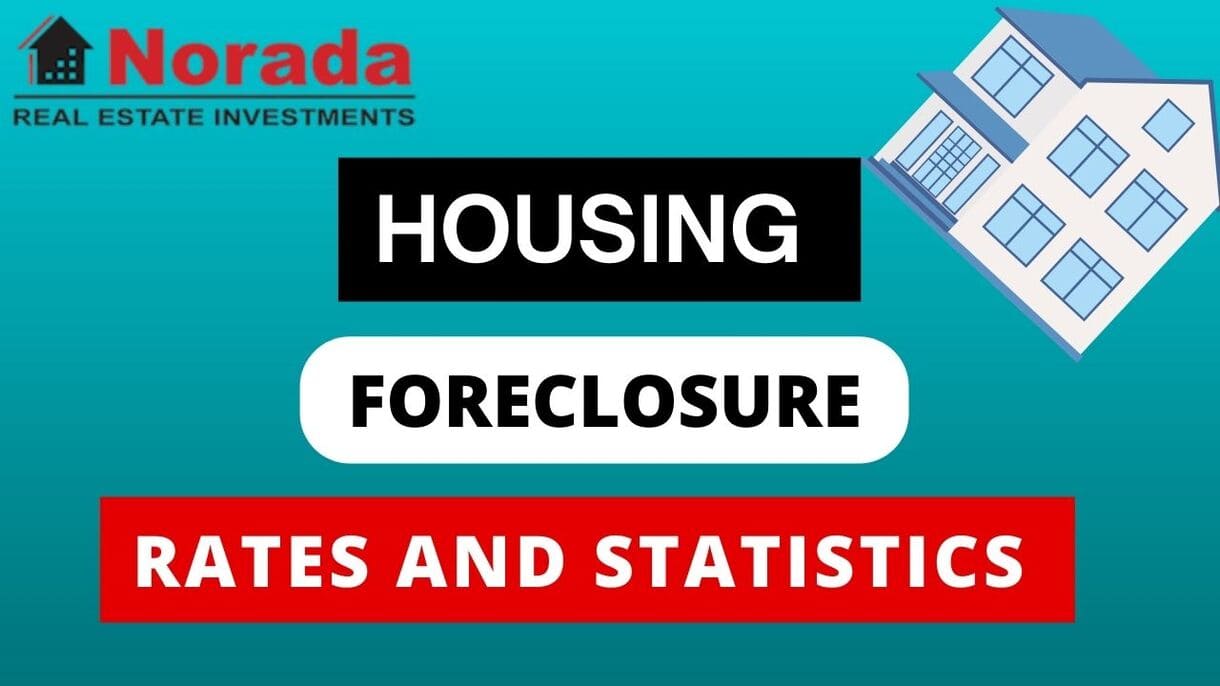The New York real estate market has seen some interesting shifts recently, and I’m here to break it down. Based on the latest reports, we're seeing a rise in available homes, which is great news for buyers, while mortgage rates are also starting to dip. This suggests a market that's becoming more balanced, and I’m optimistic about what this could mean for the rest of 2025 and beyond.
For a while now, it felt like a real challenge for anyone trying to buy a home in New York. Prices were soaring, and there just weren't enough houses on the market. But the latest numbers from the New York State Association of REALTORS® (NYSAR) for August 2025 show a significant change, and it feels like we're turning a corner.
New York Real Estate Market Trends in 2025
What the Latest Numbers Tell Us
Let's dive into the August 2025 report from NYSAR. It’s packed with information that paints a pretty clear picture of where we stand.
- Inventory is Growing: One of the biggest takeaways is that the number of homes for sale across New York climbed to 30,684 in August 2025. That's a 5.5 percent increase compared to August 2024. This is the sixth month in a row that we've seen more homes listed, which is a trend I've been watching closely. It means buyers have more choices, and that's always a good thing.
- New Listings Are Up: It's not just that old listings are sitting around longer; new homes are also coming onto the market. There was a 1.4 percent jump in new listings, bringing the total to 12,856 in August 2025. This steady stream of new properties is crucial for keeping inventory levels healthy.
- Pending Sales Are On the Rise: Buyers are acting on these new opportunities. Pending sales, which are deals where an offer has been accepted but the sale hasn't closed yet, increased by 1.5 percent to 10,173 transactions. This shows renewed buyer confidence and activity.
- Closed Sales See a Dip: Now, this might sound a bit confusing, but closed sales actually decreased by 4.7 percent, totaling 10,517 in August 2025 compared to the year before. However, I don't see this as a major warning sign. With pending sales up, it often means that deals made in previous months are now closing, and the dip simply reflects a shift in the timing of those closings. The increase in pending sales is a more forward-looking indicator.
- Mortgage Rates Offer Relief: A huge factor in the housing market is mortgage rates. The average 30-year fixed rate dropped to 6.59 percent in August 2025. While this is slightly higher than August 2024 (6.50 percent), it's a welcome drop from the 6.72 percent seen just a month earlier. Lower rates make borrowing more affordable, which can significantly impact buyer purchasing power.
- Median Prices Continue to Climb: Even with more inventory, home prices in New York are still on the rise. The median sales price jumped to $460,000 in August 2025, a 5.7 percent increase from $435,000 in August 2024. This shows that while the market is becoming more balanced, demand for well-priced homes remains strong.
My Take: What These Numbers Mean for Buyers and Sellers
As someone who's spent time understanding the ins and outs of real estate, I see these trends as a positive development.
For buyers, this is a much-needed shift. Having more homes to choose from means you have a better chance of finding a place that truly meets your needs and budget. The slight easing of mortgage rates also helps make those monthly payments more manageable. It's not a buyer's market yet, but it's certainly moving in that direction. Patience and good preparation will be key for buyers. Getting pre-approved for a mortgage and working with a knowledgeable agent will put you in a strong position.
For sellers, it’s essential to understand that while prices are still climbing, the days of getting multiple offers above asking price within hours might be less common. Strategic pricing and excellent presentation will be more important than ever. Homes that are well-maintained, staged attractively, and priced realistically are still likely to sell quickly and for a good price. It’s about meeting the market where it is, and right now, the market is offering more choices.
New York Real Estate Market Forecast 2025
Predicting the future is always tricky, especially in something as dynamic as real estate. However, based on these August 2025 indicators and my understanding of market drivers, I can offer some thoughts on what we might see as we move further into 2025.
Key Factors to Watch:
- Interest Rate Stability: The Federal Reserve's actions on interest rates will continue to be a major influence. If rates remain stable or continue to trend downward slowly, it will support continued buyer activity and potentially keep price growth steady. A sudden jump in rates, however, could cool things down. I'm hopeful that the current easing trend will continue, providing a stable environment.
- Economic Health: New York's economic performance, job growth, and overall consumer confidence will play a significant role. A strong economy generally translates to a stronger housing market. If businesses are hiring and the job market is robust, more people will feel secure in making a home purchase.
- Inventory Levels: The ability of builders to increase new housing starts and the rate at which existing homes are listed will be crucial. If inventory continues to climb steadily, it will help prevent rapid price appreciation and create a more balanced market. We’ve seen good progress here, and I expect this trend to continue for at least the first half of 2025.
- Geographic Variations: It's important to remember that New York is a big state with diverse markets. What happens in Manhattan might be different from what happens in Buffalo or the Hudson Valley. Demand for certain types of properties (like single-family homes in suburban areas) might remain higher than for others. I always advise looking at local data within the broader state trends.
Possible Forecast for 2025:
- Continued Inventory Growth: I anticipate that inventory levels will likely continue to increase throughout the first half of 2025. This is a natural correction following a period of low supply.
- Steady Price Appreciation: Median home prices will probably continue to rise, but likely at a more moderate pace than we've seen in previous years. I'm thinking around 3-4 percent annual appreciation for the state overall, though some areas might see higher or lower growth. This is a much healthier and sustainable growth rate.
- More Competitive Buyer Environment: While inventory is up, the market might not be flooded. Buyers will likely still face competition, especially for desirable properties in sought-after locations. However, the extreme bidding wars might become less common, giving buyers a bit more breathing room.
- Increased Days on Market: With more choices, homes might stay on the market a bit longer. The average days on market, which was 40 days in August 2025 (down from 42 in August 2024), might slowly tick up. This isn't necessarily a bad thing; it just means a more typical, less frenzied market.
- Affordability Challenges Persist (but ease slightly): The Housing Affordability Index was 86 in August 2025, down from 93 the previous year. While prices are still high relative to incomes in many parts of New York, the slight easing of mortgage rates offers a small bit of relief. This is an area to watch closely.
Understanding the Nuances
It's vital to look beyond just the raw numbers. For example, the NYSAR data shows Median Sales Price increasing, which is the middle point of all sales. But the Average Sales Price ($602,760 in August 2025) is significantly higher. This tells me that there are still a good number of high-priced luxury properties selling, which can pull the average up. The median gives a better picture for the typical homebuyer.
Also, the Percent of List Price Received is still above 100% (102.5% in August 2025), indicating that, on average, homes are selling for more than their asking price. This suggests that while inventory is climbing, well-priced homes are still commanding a premium.
Final Thoughts
The New York real estate market in 2025 is shaping up to be more balanced and, dare I say, more reasonable than it has been in recent years. The increase in inventory and the slight easing of mortgage rates are positive signs for buyers, while steady price appreciation still offers value for sellers.
My personal opinion is that we're moving towards a more sustainable market. Things might not feel as “hot” as they did during the pandemic boom, but that's a good thing for long-term stability. It’s a market that rewards informed decisions, careful planning, and working with trusted professionals. Whether you're looking to buy or sell in New York, staying updated on these trends and understanding the local nuances will be your greatest asset.
“Invest Strategically in the Real Estate Market”
As inventory climbs and sales slow, real estate is entering a more balanced phase—creating unique buying opportunities for smart investors.
Norada helps you identify high-potential properties in evolving markets in the US—before the competition does.
SEIZE OPPORTUNITIES IN WHILE PRICES STABILIZE
Speak to a Norada Investment Counselor (No Pressure):
(800) 611-3060
Read More:
- NYC Housing Market: Prices, Trends, Forecast 2025-2026
- How Much Do Real Estate Agents Make in New York?
- 5 Predictions That Will Define the NYC Housing Market in 2025
- Albany Housing Market Trends and Forecast for 2025
- Syracuse Housing Market Trends and Forecast for 2025
- NYC Housing Market Report: Rent Prices Are Skyrocketting
- Rent-to-Own Homes in NYC: A Pathway to Homeownership
- Long Island's Housing Crisis: Can New York Fix This Market
- New York Housing Market: These 3 Cities Are Hottest in the Nation
- New York Real Estate Market: Should You Invest Here?
- Worst Places to Live in the New York State





